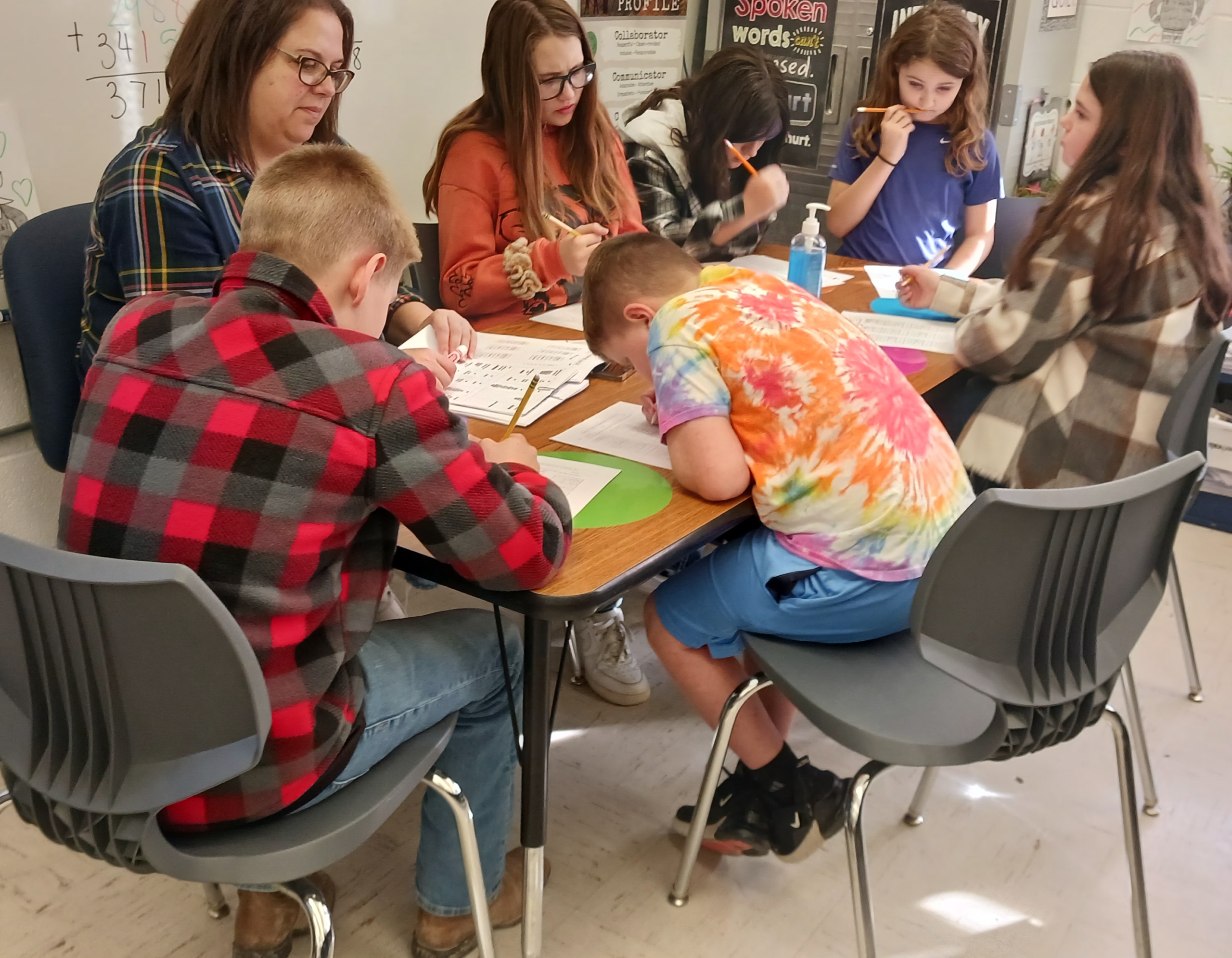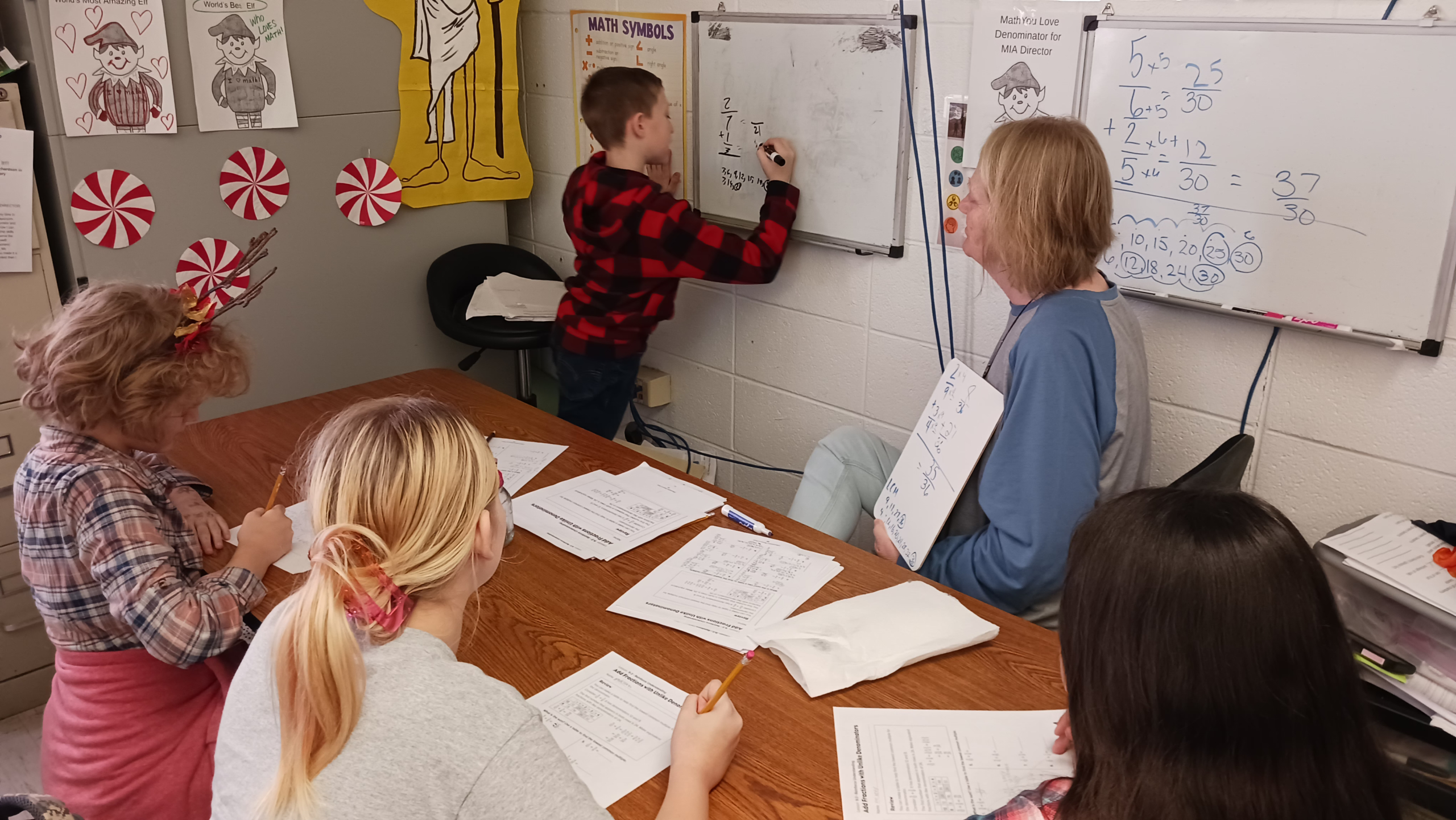
District Spotlight: Powell County Transforms the Teacher Experience with High-Quality Instructional Resources
When Powell County Schools embarked on the journey to adopt a high-quality instructional resource (HQIR) for mathematics, the district’s leadership aimed to address long-standing challenges faced by teachers. Over the years, educators had been piecing together their lesson plans, often using personal funds and countless hours to source materials. This patchwork approach led to inconsistencies in instruction across classrooms and schools. The introduction of a district-wide HQIR transformed this experience, creating a ripple effect of positive change for both teachers and students.
A Collaborative Vision for Change
The decision to adopt a new Tier 1 instructional resource was sparked by the need for consistency and quality. Through a collaborative process involving teachers, principals, and district administrators, Powell County Schools crafted an instructional vision guided by the Kentucky Department of Education’s Model Curriculum Framework. Stakeholder surveys and direct discussions revealed a pressing need for accessible, high-quality resources to enhance teaching and learning. This feedback underscored the importance of creating a unified educational experience that could be embraced by the entire district.
Tonya Roach, Chief Academic Officer of Powell County Schools says, “The aim with this change was to make sure every student had access to great learning tools, and to better support our teachers. There was a need to improve the educational learning environment for everyone.”
Streamlining Teacher Planning

One of the most significant impacts of the implementation of the HQIR, Reveal Math, was on teacher planning. Before its adoption, educators spent hours searching for supplemental materials to align with standards. Melinda Richardson, a fifth grade math teacher at Clay City Elementary school says, “Before the implementation of Reveal Math, I felt as though I was always searching for quality resources and trying to piece together lessons for my students. The process was time intensive and frustrating. There was less cohesion between lessons and units. It was difficult to find activities with high level questions. It was simply a difficult process.”
With the new resource in place, teachers now have a structured curriculum that aligns seamlessly with the Kentucky Academic Standards for Mathematics. This shift has not only reduced planning time, but also allowed teachers to focus on delivering engaging and effective instruction. Richardson says, “Having a high-quality instructional resource means that I know that the concepts are being presented for my students in the best way possible. Reveal offered everything that an effective math class needs: pre-assessments, engaging lessons, student work activities, differentiation, reteaching activities, and assessments. I am no longer having to search for resources.”
Building Instructional Confidence

The implementation process, though challenging, was instrumental in fostering confidence among educators. Initially, professional learning sessions did not fully meet teacher needs, leading to frustration. To address this, the district engaged a retired math teacher to provide targeted support. Powell County also participated in KDE’s Designing High-Quality Local Curriculum Mathematics Pilot, which gave them access to a coach from the Achievement Network, who worked directly with teachers through weekly professional learning communities (PLCs) and classroom visits.
These supports empowered teachers to embrace the new curriculum, building their capacity to deliver rigorous, hands-on math instruction. The shift in mindset was evident as educators became increasingly comfortable with new content and teaching strategies.
“We’ve seen our teachers grow more open to embracing new and different content compared to what they were previously accustomed to,” Roach shared.
Student-Centered Outcomes

The impact of the HQIR implementation extended beyond teachers to the students they serve. The structured curriculum provided hands-on, high-quality learning experiences, resulting in measurable gains. Data from the NWEA MAP assessment highlighted significant growth in math across all grade levels, K-5, underscoring the effectiveness of the new resource. Teachers and administrators attributed this success to the consistent and rigorous instruction enabled by the HQIR.
Not only has student data been impacted, but their perceptions of math as well. Faye Stamper, third grade teacher at Bowen Elementary says, “Students have developed a more positive attitude toward math learning. One student, who experienced significant math anxiety at the beginning of the year, now proudly writes, “I love math!” on her papers. There is a noticeable sense of enthusiasm during math class, as students feel confident knowing they receive the appropriate support and encouragement to succeed in their academic journey.”
Reflecting on Year One
The adoption of a high-quality instructional resource for mathematics has redefined the teacher experience in Powell County Schools. By alleviating the burden of resource hunting and providing robust support systems, the district has empowered educators to focus on what they do best: teaching.
Roach says, “The biggest takeaway is that the first year of implementation of any new curriculum is hard – – very hard. However, if you can encourage, motivate, and support your teachers and students the best that you can, you WILL make it through and see success.”



